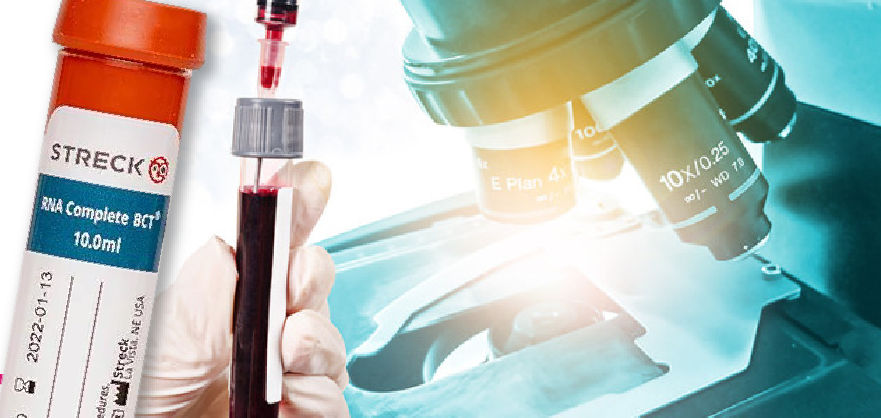8q24, cMYC
cMYC amplification (8q24) The c-MYC oncogene is located in 8q24 and in its locus (8q24.2-q24.3) amplifications can be found frequently in various types of human tumors (c-MYC amplifications have been described in breast, lung, ovary, cervical and prostate cancer). Two of the most significant genetic alterations detected in prostate cancer include 8q24 gain and loss […]


